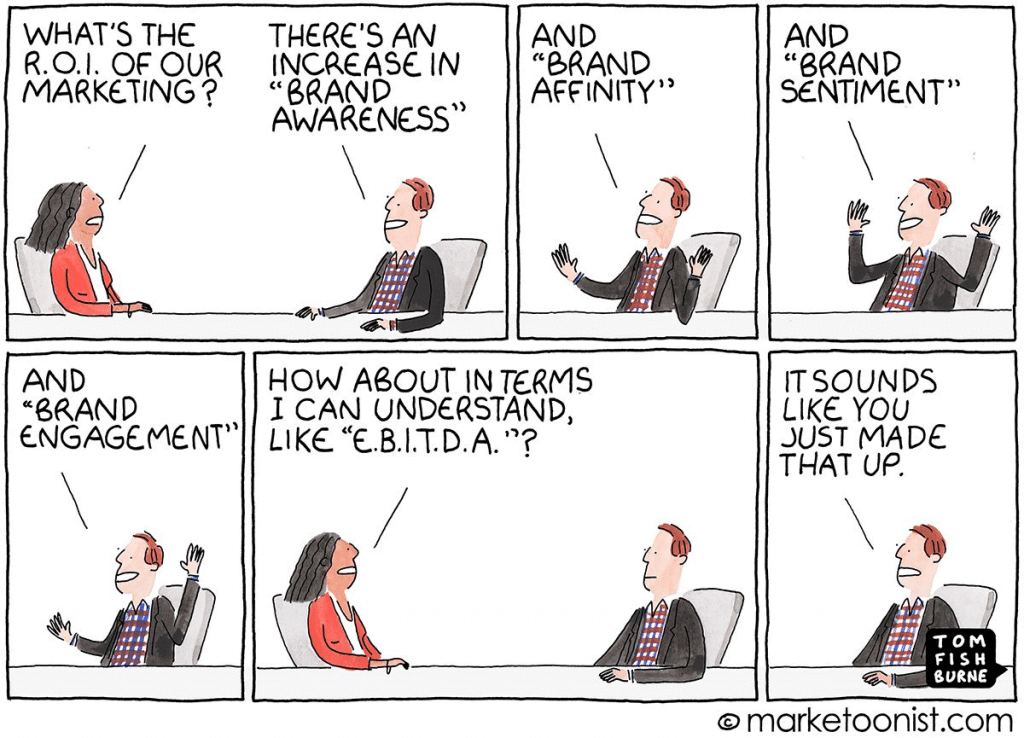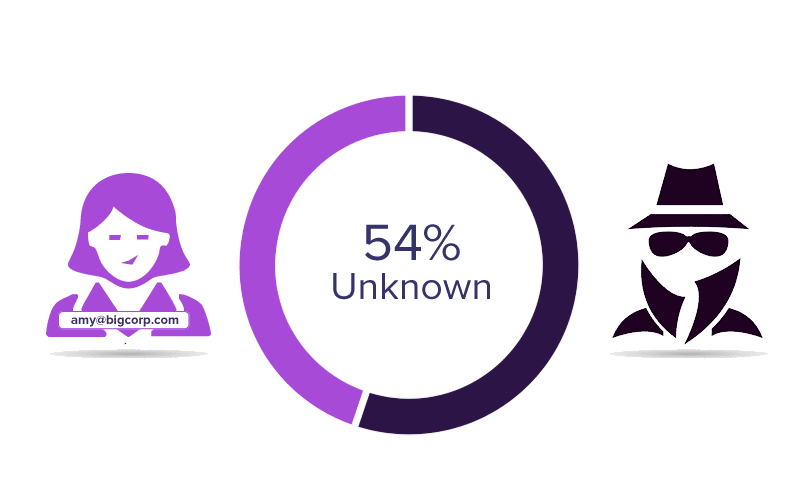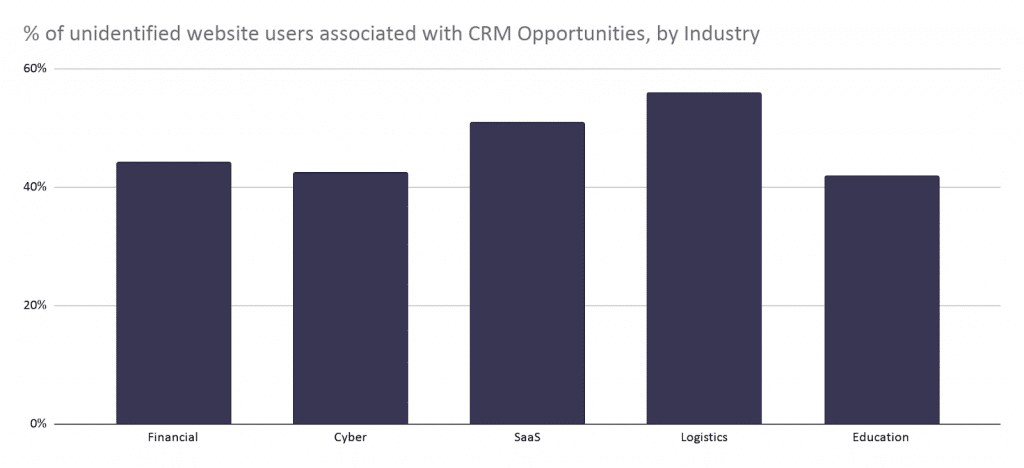Step-by-Step Guide: Optimizing the B2B Buyer Journey

Optimizing the B2B buyer journey can feel overwhelming.
There are multiple stages, decision-makers, and touchpoints to manage. It’s no wonder many businesses struggle to align their sales and marketing efforts effectively.
And here’s the thing: understanding your B2B buyer journey isn’t enough. You need a plan—a step-by-step approach that helps you engage potential customers at every stage of the buying process.
That’s what this guide is all about.
You’re about to learn exactly how to map the journey, address pain points, and create a seamless buying experience. The best part? These strategies don’t just improve conversions—they build long-term customer relationships.
Let’s dive in!
Step 1: Understand the Key Stages of the B2B Buyer Journey
Understanding the key stages of the B2B buyer journey is essential for driving results.
Here’s how it works: your buyers move through three main stages—awareness, consideration, and decision. In the awareness stage, they’re identifying their problem. During consideration, they compare solutions. By the decision stage, they evaluate your product against competitors.
Your job? Map this journey. Use customer feedback, surveys, and analytics to uncover behaviors and touchpoints at each stage. For example, during the awareness stage, focus on educational resources.
When buyers reach the decision stage, provide product comparisons and testimonials.
Why does this matter?
Tailoring your messaging to these stages creates a seamless B2B buying experience, making it easier for buyers to choose your solution over others.

Step 2: Map the Journey of the Deal: A Holistic Approach
Over the past year, we have been taking a closer look at the connections between journeys, accounts, pipeline and revenue. We looked at anonymized data from dozens of ABM and B2B marketing teams, addressing different markets, verticals, deal sizes and buyers personas.

As we were analyzing the data, we came across something that at first looked like a mistake. 42%-58% of the journeys associated with opportunities (companies) at different stages were not connected with any email address.
Although their journeys were impacted by content marketing, those engagements were not measured and recognized as contributing to the deal.
The marketing organization, especially in ABM scenarios, may have achieved its goal of engaging relevant people from key accounts. However, their contribution couldn’t be attributed since the users from those companies weren’t connected at the opportunity level.

As we broke this data down, other patterns emerged. In many of the higher value deals, the ratio of identified vs. unidentified users of the digital assets was higher (a greater number of unidentified users in each opportunity).
That makes sense as in many high-ticket deals you would see more people from the same organization visiting the website but a smaller percentage that would leave their contact info.
We also saw that the journey lengths and number of pages between identified and unidentified users did not vary greatly.
That was actually surprising since we assumed that the more engaged users would be identified. That could indicate that a large percentage of engaged users does not want to submit their emails, yet wants to consume relevant content.
We saw that these numbers also remained consistent between companies that relied more on gated content than those that didn’t. It would appear that many relevant users are reluctant to submit their personal information as part of the gating process but are interested in learning more about the company’s offerings or ideas.
Step 3: Personalize the Buyer Experience at Each Stage
Personalization is the secret sauce for creating a seamless B2B buying experience.
Each stage of the buyer journey demands tailored content. During the awareness stage, share educational resources like whitepapers or blog posts. In the consideration phase, offer detailed case studies that highlight your solution’s value. When buyers reach the decision stage, showcase product comparisons and testimonials to seal the deal.
Here’s how to make personalization work:
Use tools like HubSpot CRM to segment your audience based on their position in the journey. For example, HubSpot allows you to automate email campaigns with content tailored to specific stages. Similarly, Salesforce Einstein uses AI to predict what content resonates most, helping you deliver the right message at the right time.
Why does this matter?
Personalization isn’t just about relevance—it builds trust, making it easier for prospects to choose your solution. In a competitive market, that trust makes all the difference.
Step 4: Identify and Address Pain Points in the Journey
Every B2B buyer’s journey has roadblocks—and your job is to remove them.
Start by gathering feedback from your current and potential customers. Use surveys (like those available in SurveyMonkey) to ask buyers about their biggest challenges. Conduct one-on-one interviews to dig deeper into their experiences. Customer support data is also a goldmine for identifying recurring issues in the purchase process.
For example, if buyers frequently mention unclear pricing, that’s a pain point you need to address. If they find onboarding complex, consider creating simple how-to guides.
Why does this matter?
When you resolve pain points, you improve the overall buying experience, reduce friction, and make the purchase decision much easier for your B2B buyers.
Step 5: Align Sales, Marketing, and Customer Success Teams
A disconnected team is one of the biggest barriers to a smooth B2B buying experience.
Start by bringing your sales, marketing, and customer success teams together with regular meetings. These sessions should focus on shared goals, like improving customer experience and reducing friction in the buyer journey. Use tools like Slack for ongoing communication or Monday.com to track tasks and collaboration.
To ensure alignment, integrate your CRM systems, such as HubSpot or Salesforce, so all teams access the same customer data. For example, marketing can provide insights into leads, while sales tracks progress, and customer success ensures post-sale satisfaction.
Why does this matter?
Aligned teams deliver consistent messaging and seamless interactions, creating a positive experience that helps close deals faster.
Step 6: Use Technology to Streamline the Process
The right tools can transform your B2B buying experience.
Start by investing in technology that simplifies buyer journey mapping and automates engagement. A CRM system like HubSpot centralizes customer data, making it easy for teams to track interactions.
Use marketing automation platforms like Marketo to deliver personalized emails and nurture leads at scale. For deeper insights, analytics tools like Google Analytics 360 can reveal buyer behavior trends across stages.
For example, you can automate follow-up emails based on a buyer’s actions, like downloading a whitepaper or attending a webinar. AI-driven tools, such as Salesforce Einstein, help predict buyer needs and recommend the right actions.
Why does this matter?
Technology saves time, reduces manual work, and ensures personalized engagement at every stage of the buyer journey.
“You don’t build audiences with gated #content, you move them, (hopefully)”
@Robert_Rose via @CMIContent.”
Step 7: Measure and Track Success with KPIs
If you’re not tracking your B2B buyer journey, how do you know what’s working?
Start by defining measurable KPIs like conversion rates, lead quality, and customer lifetime value. Tools like Google Analytics can track user activity, while HubSpot CRM provides insights into lead quality and funnel performance. Platforms like Tableau are ideal for visualizing data trends and identifying areas for improvement.
For example, monitor conversion rates at each stage of the buying journey. A drop-off in the consideration phase might indicate unclear messaging, while low lifetime value could signal poor post-sale engagement.
Why does this matter? KPIs help you identify what’s driving results—and what’s holding you back. Real-time tracking ensures you can adjust strategies quickly to meet your goals.
Step 8: Overcome Common Challenges
The B2B buyer journey is rarely smooth—challenges like data silos, misaligned teams, and outdated processes often stand in the way.
Start by addressing data silos with tools like Zapier or Slack, which integrate platforms and improve cross-department communication. Refine team workflows with project management tools like Asana or Monday.com to ensure everyone is on the same page. To tackle manual inefficiencies, invest in AI-driven systems like Salesforce Einstein, which automates repetitive tasks and provides predictive insights.
For example, if your marketing and sales teams aren’t sharing lead data, use your CRM to create a unified pipeline for better visibility and collaboration.
Why does this matter?
Breaking down barriers ensures a seamless buyer journey and enhances customer satisfaction, making it easier to win and retain clients.
Step 9: Incorporate Continuous Feedback Loops
Feedback is the lifeblood of an optimized B2B buying experience.
Set up systems to collect ongoing insights at every stage of the buyer’s journey B2B. Use tools like Typeform for customer surveys, Intercom for in-app messaging, or direct interviews to uncover buyer preferences and frustrations. Platforms like SurveyMonkey can also automate feedback collection and organize responses for analysis.
For example, ask decision-makers about obstacles they encountered during the consideration stage. Use their input to refine your messaging or address specific pain points in your sales process.
Why does this matter?
Continuous feedback ensures your strategies stay aligned with customer needs. Real-time adjustments based on feedback improve the customer experience and build stronger relationships.
Step 10: Refine and Iterate Regularly
Optimization isn’t a one-and-done process—it’s ongoing.
Regularly review your B2B buyer journey strategy to pinpoint areas for improvement. Use A/B tests to experiment with different messaging or content formats. Analyze key metrics like conversion rates and identify where prospects drop off. Incorporate insights from case studies to refine your approach and learn what’s working for others.
For example, if A/B testing shows that a specific case study drives more engagement in the consideration phase, focus on creating similar content to guide buyers further along the journey.
Why does this matter?
Continuous iteration ensures your strategy evolves with your buyers’ needs, keeping you competitive while driving long-term customer loyalty and profitability.